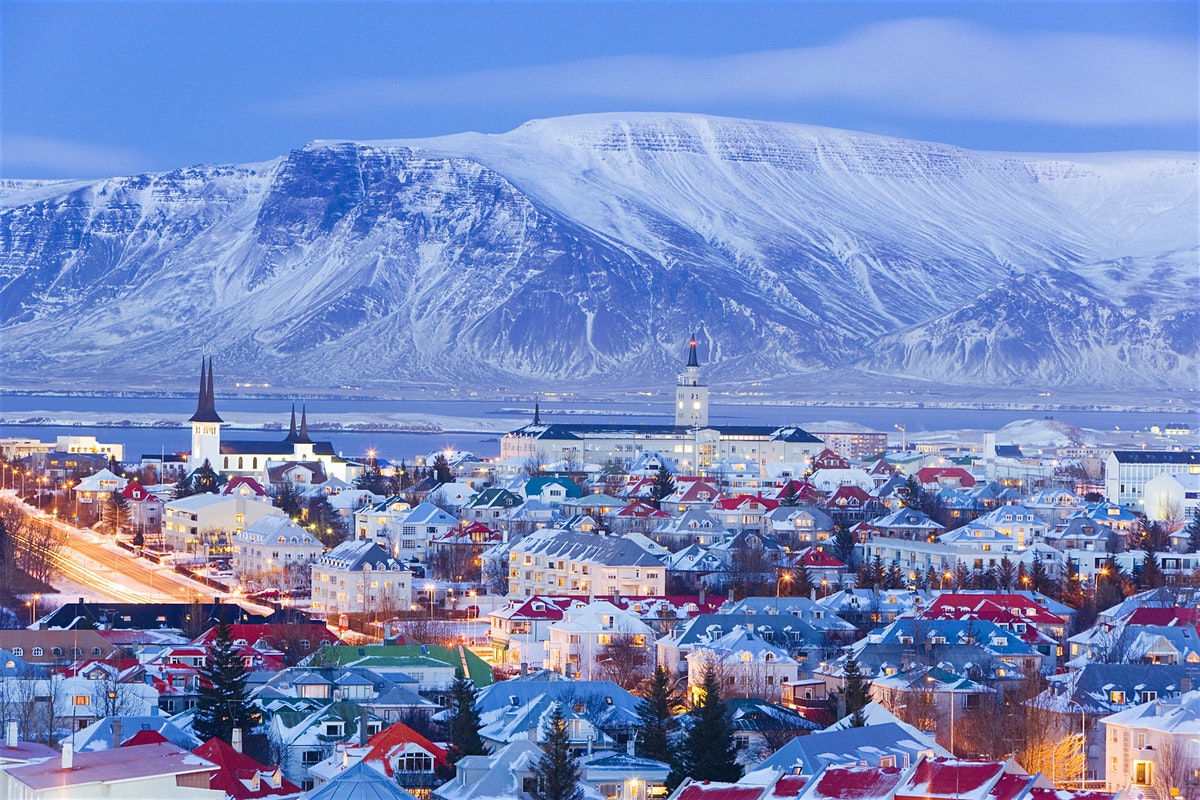Glaciers, volcanoes, sagas, and songs. Plus, relaxing hot pools, visual art, black sand beaches, ice caves, and the beautiful northern lights. It’s safe to say that with an itinerary like that excitement is at an all-time high up here on the hill as 22 of us prepare to embark on our journey to Iceland.
This first week back on campus we’ve not only been packing our bags full of gear for the next few weeks, but we have been busy together in the classroom discussion readings, the Icelandic television show “Trapped”, and various Nordic films we have watched together.
Discussions have ranged from the physical geography of Iceland to the Icelandic sense of identity, culture, and landscape.
One topic that we’ve discussed deeply is how the landscape plays a major role in Iceland. The landscape is where Icelanders find their sense of identity as it is deeply marked by history and meaning. The landscape is also extremely poetic making it possess the power to condense meaning. We have even discussed how elves and trolls are a part of the landscape as they are believed to be seen in elf/troll-shaped rocks.
 (This is Hvítserkur – the troll of north west, Iceland rising majestically from the ocean)
(This is Hvítserkur – the troll of north west, Iceland rising majestically from the ocean)
The elves and trolls are a piece of Icelandic history in the form of magical stories. The stories appear to have been passed down through generations which not only helps Icelanders find reasoning but represents everything they are as a nation. There is so much history and so many stories to be told from the landscape. In one of the readings we read titled, “Nordic Landscapes,” it said, “In Iceland, stories speak, ice grinds, and the water plays a symphony that not everyone understands,” and we hope to gain a better understanding of this and experience it ourselves as we make our journey around Iceland.
Another topic we discussed was the intersections between community and isolation in Iceland. Icelanders live in a very open space and being a nation of roughly 340,000 people they display a close-knit sense of community. With the strong sense of community, it appears that although each person lives their own independent life, when they are in a time of need they can rely on each other. The community is full of civic participation. We have been able to see this through various readings, the films we have watched, and will definitely experience it in person.
As we soon begin our trip in Reykjavik and travel around the Ring Road to various towns, we are beyond excited to learn more about the Icelandic landscape, community, culture, and immerse ourselves in one of the world’s most remote nations.

Leave a Reply